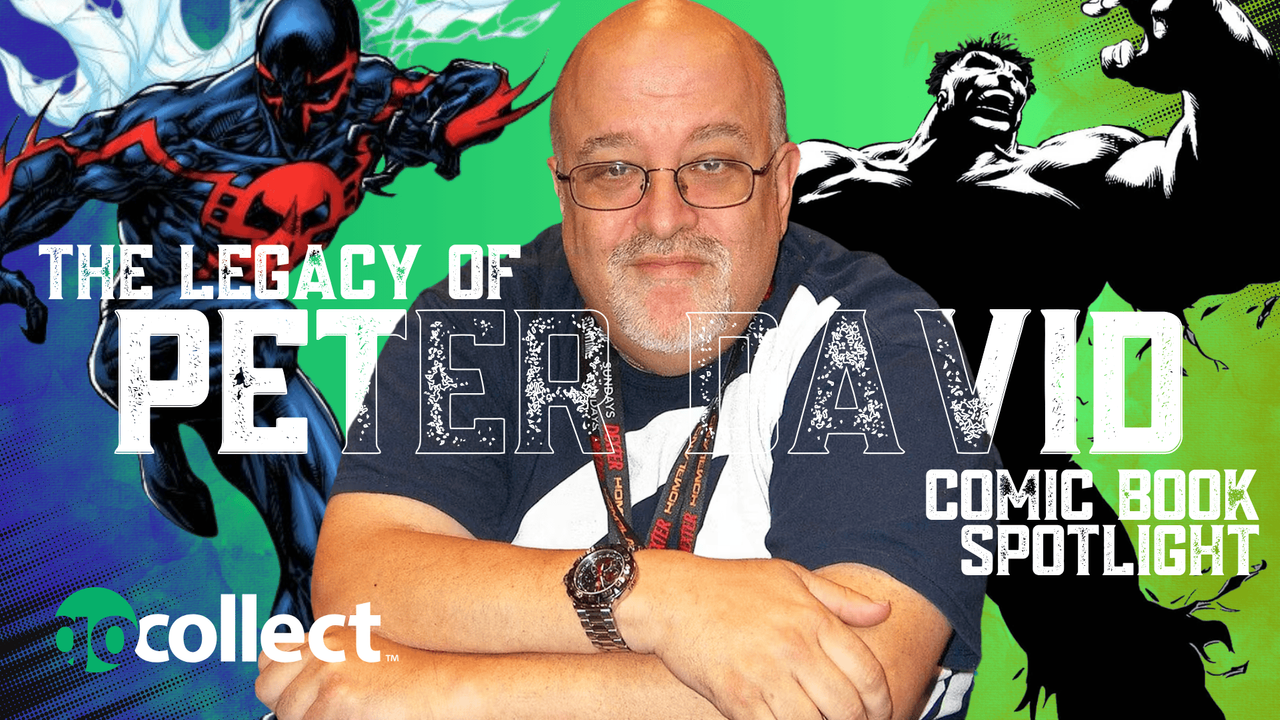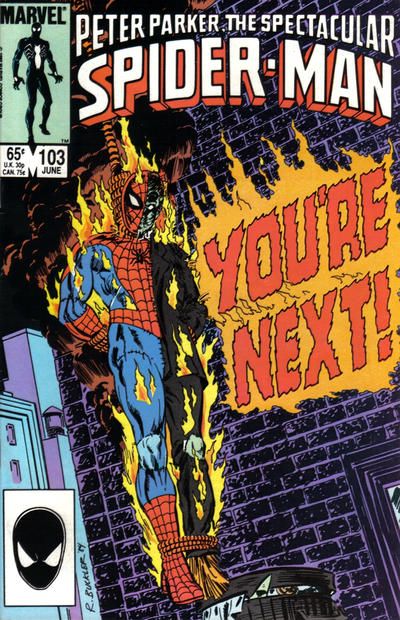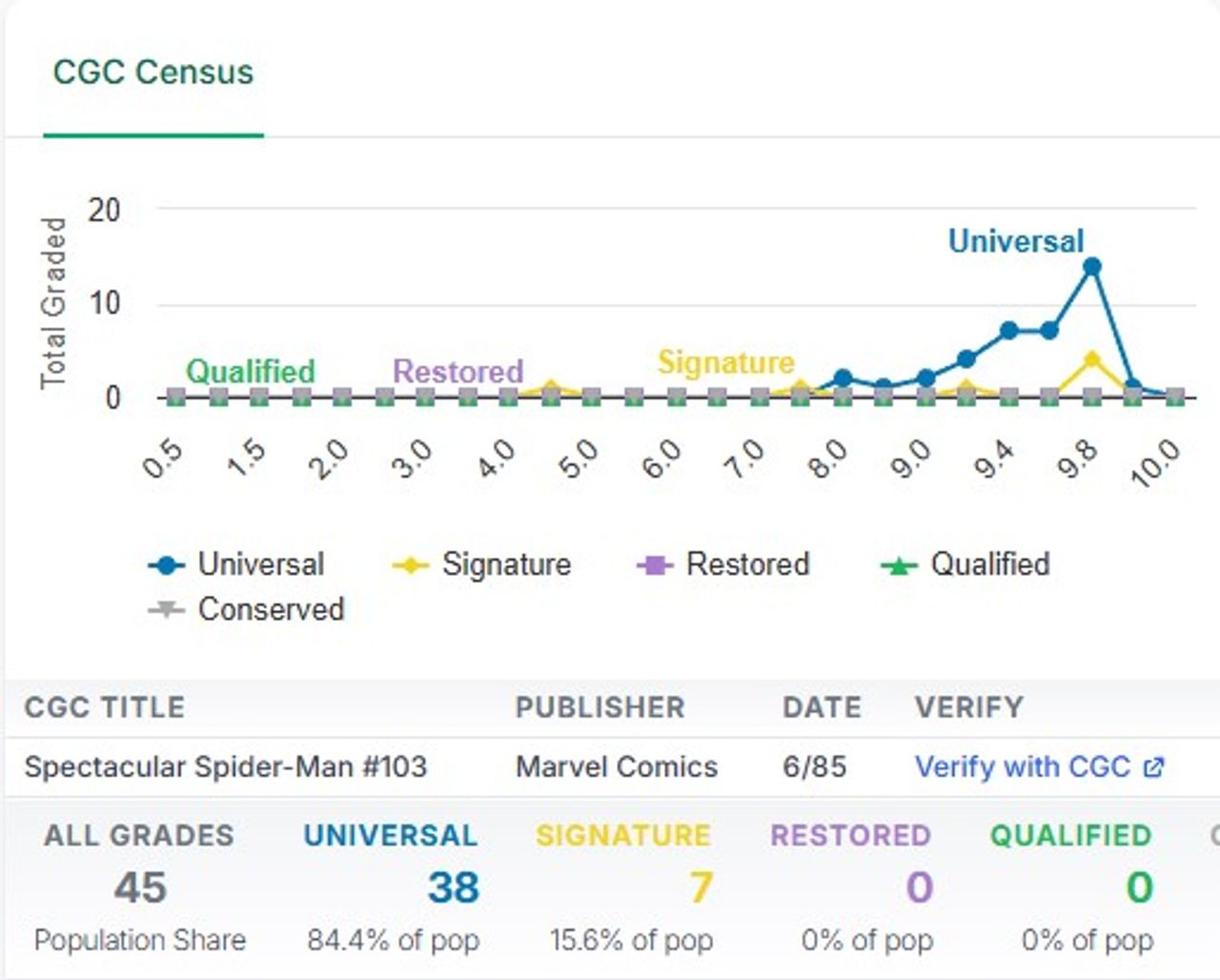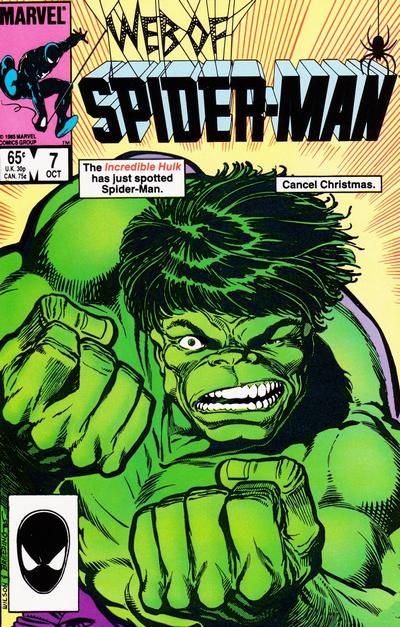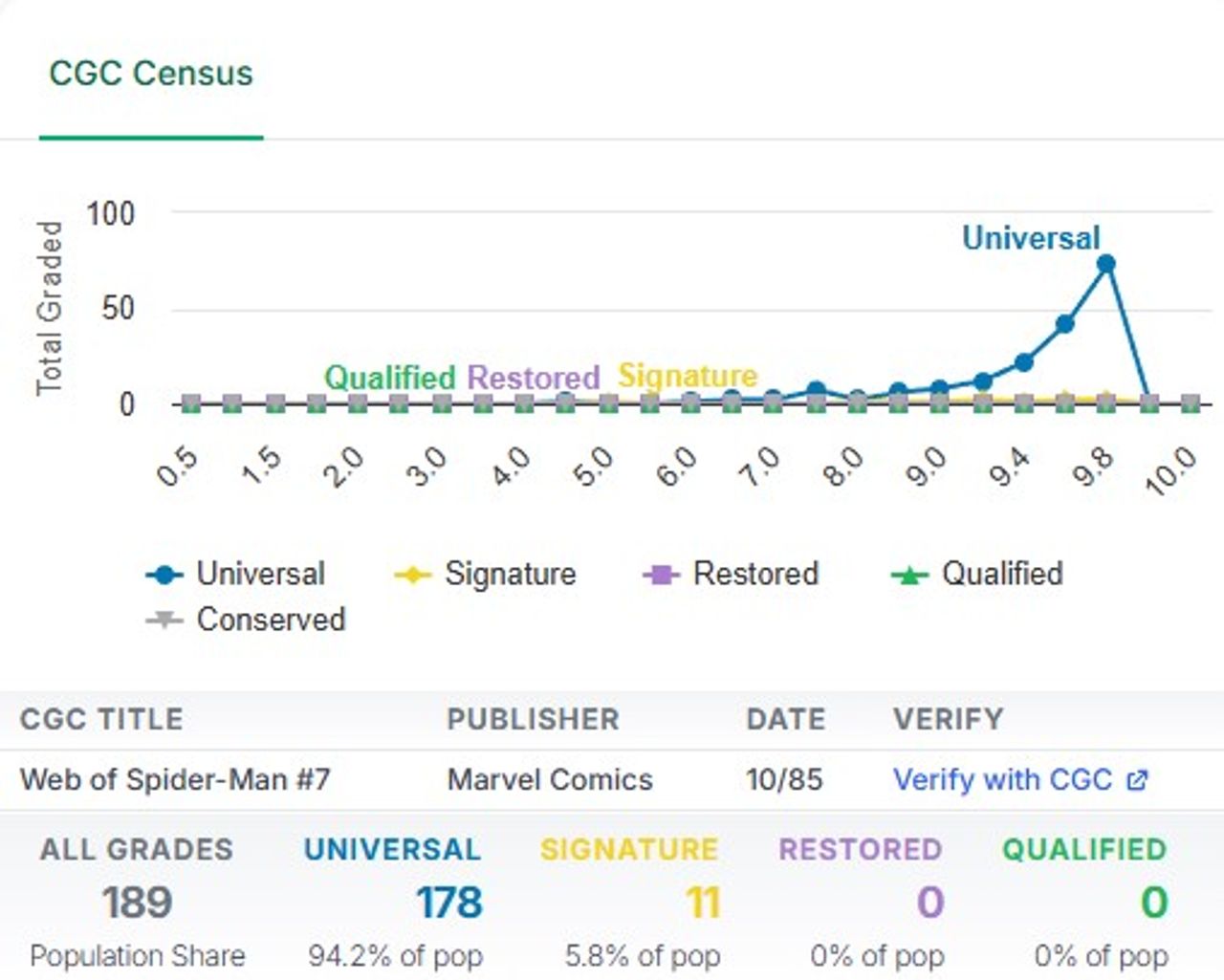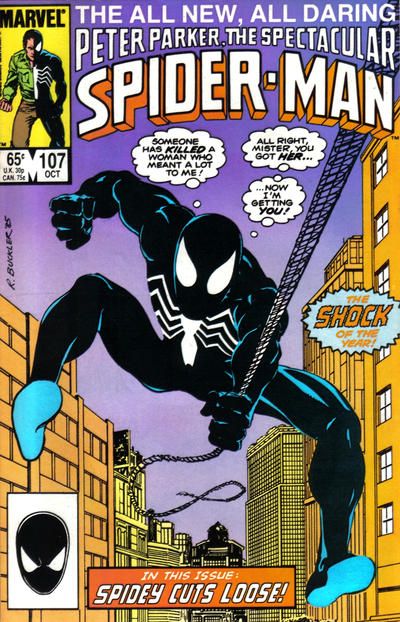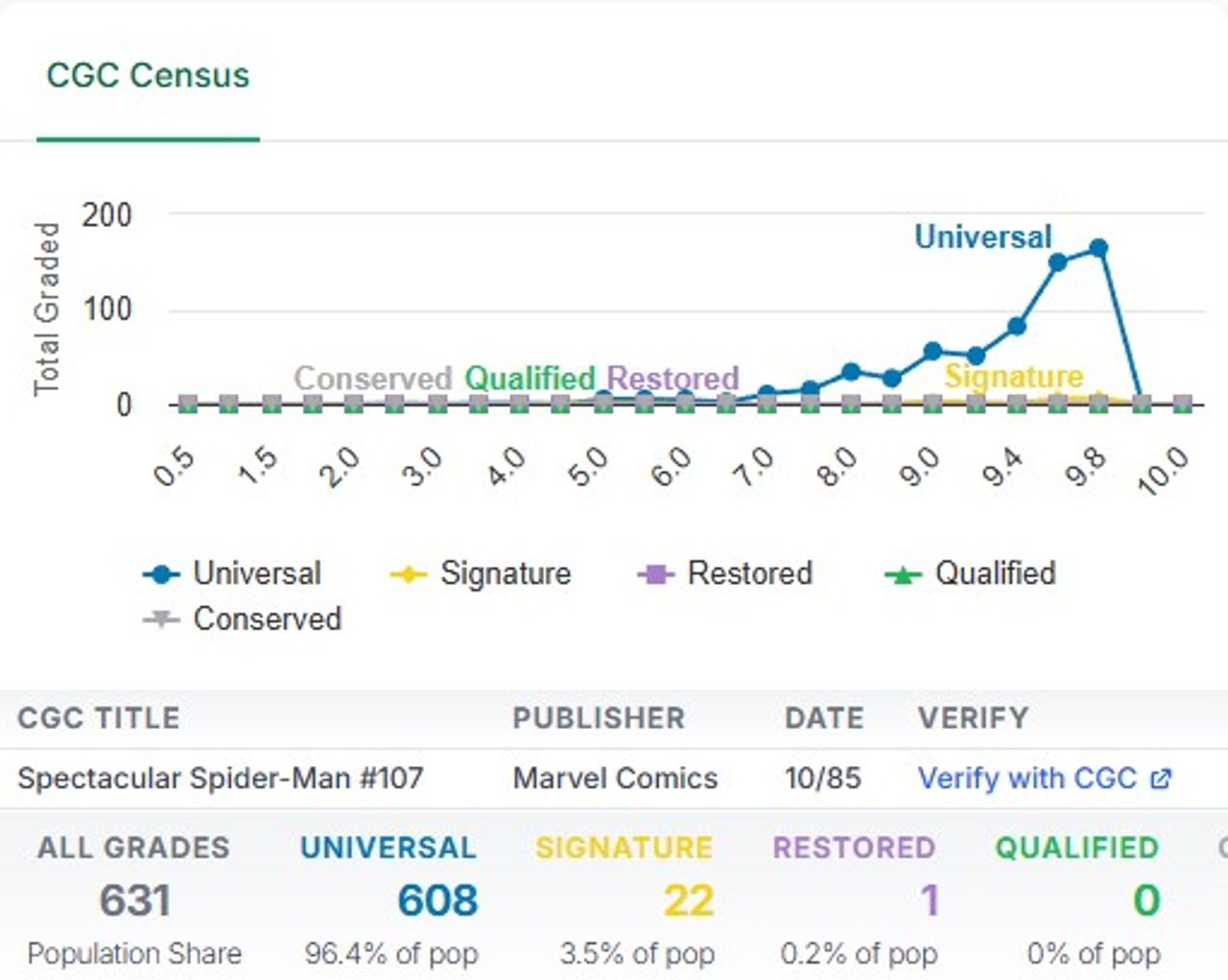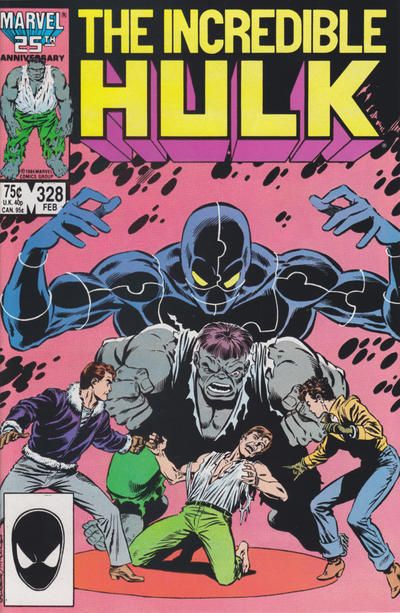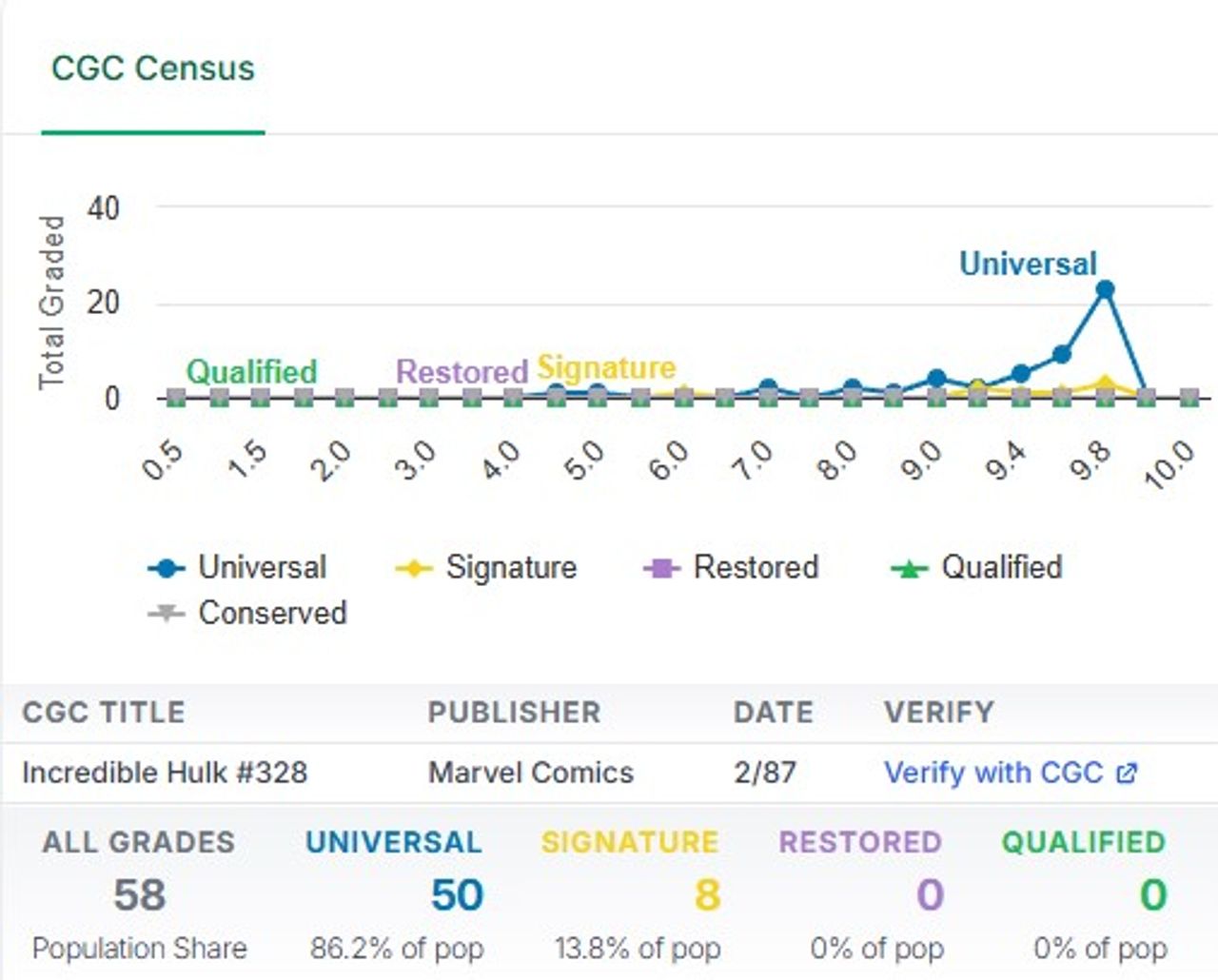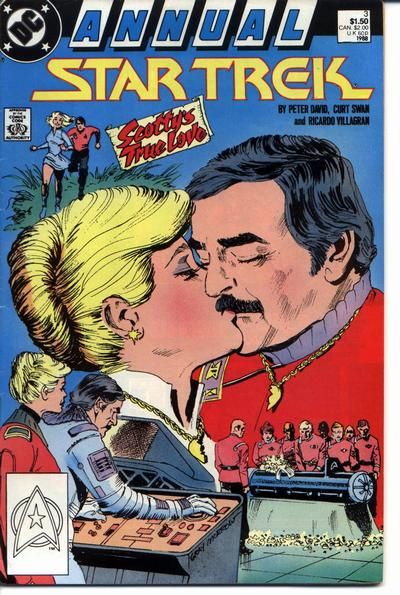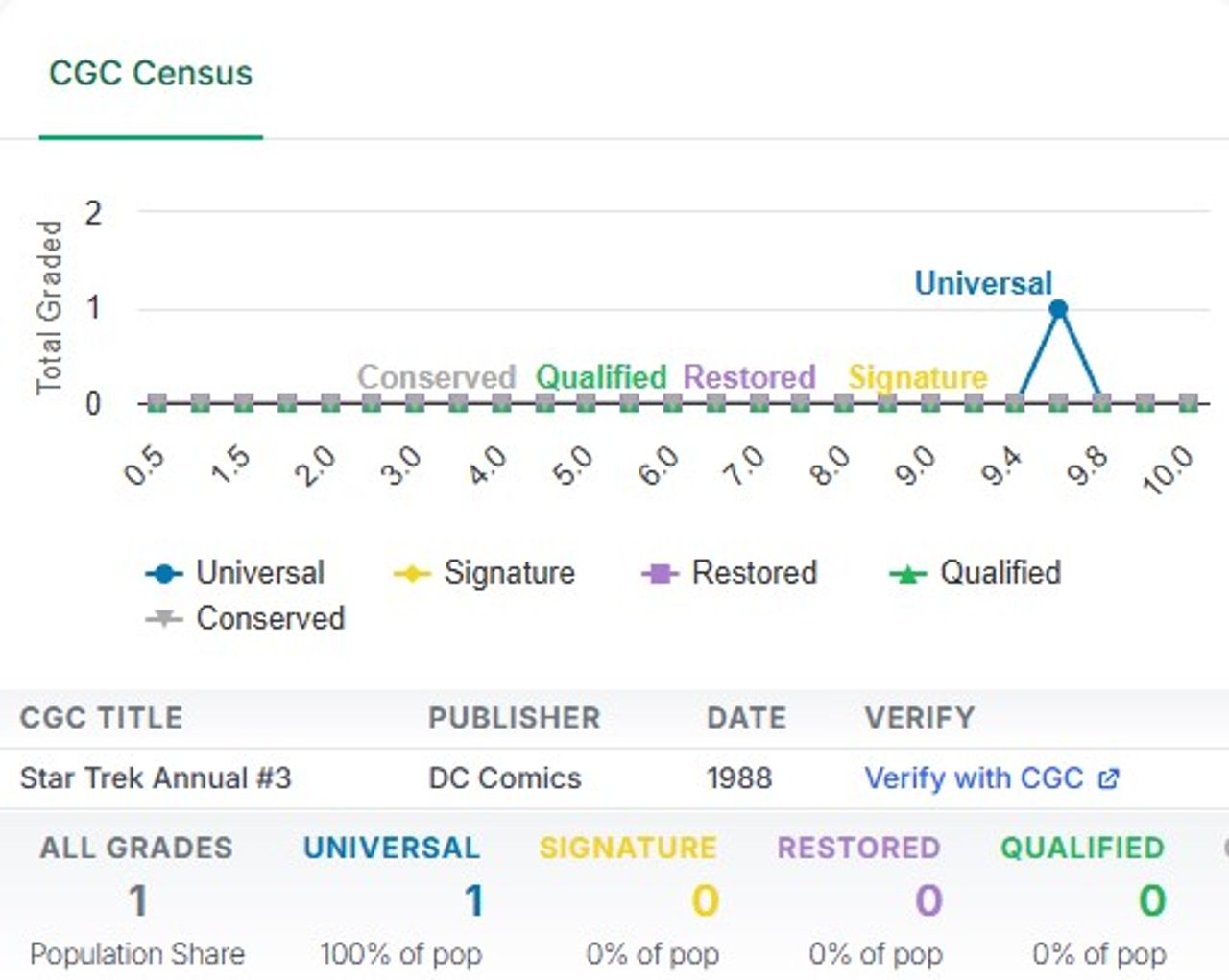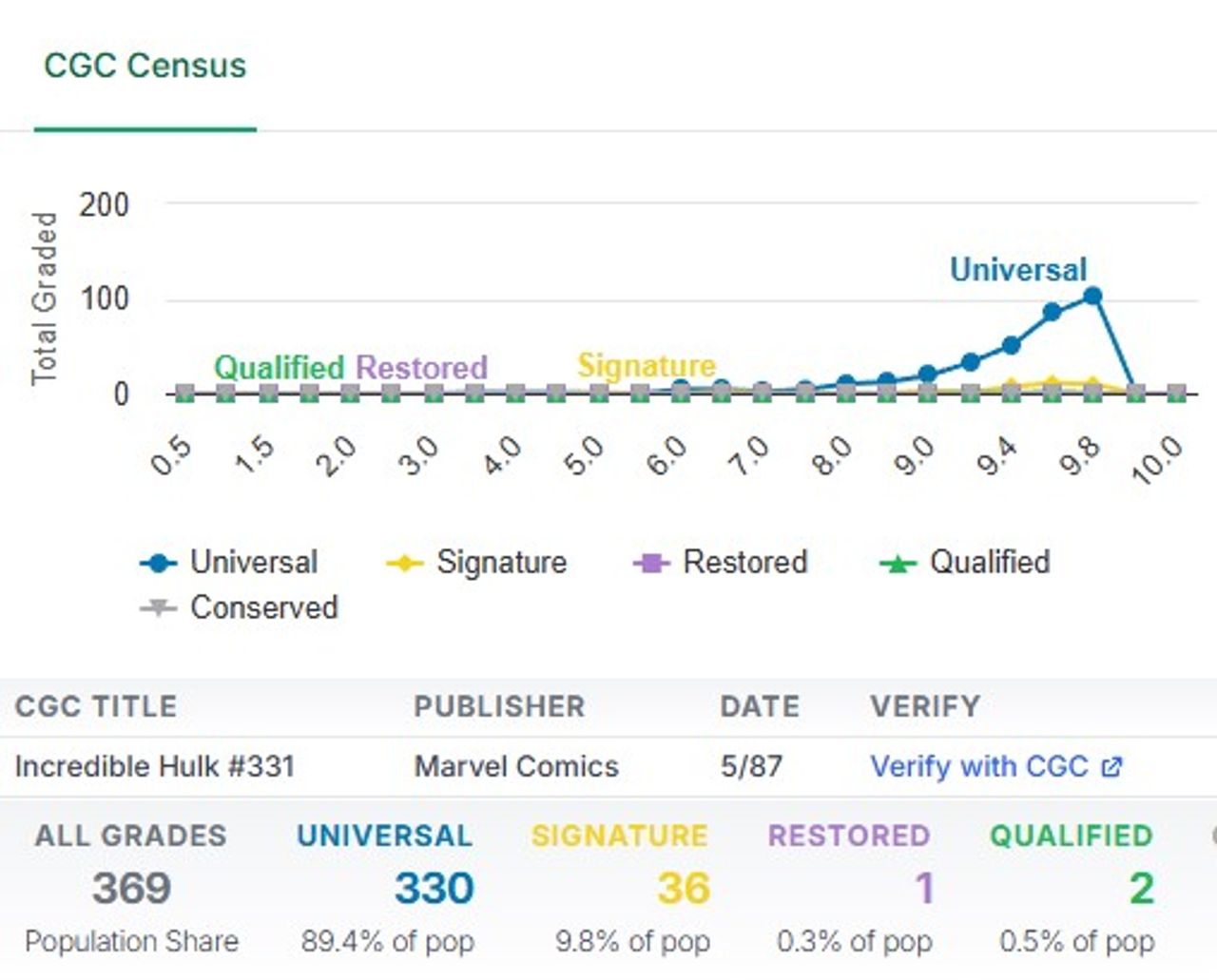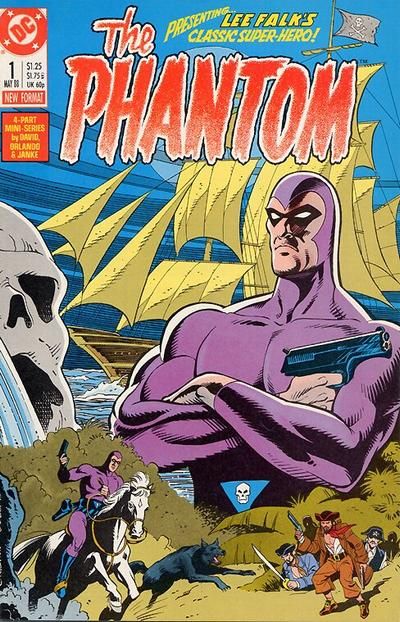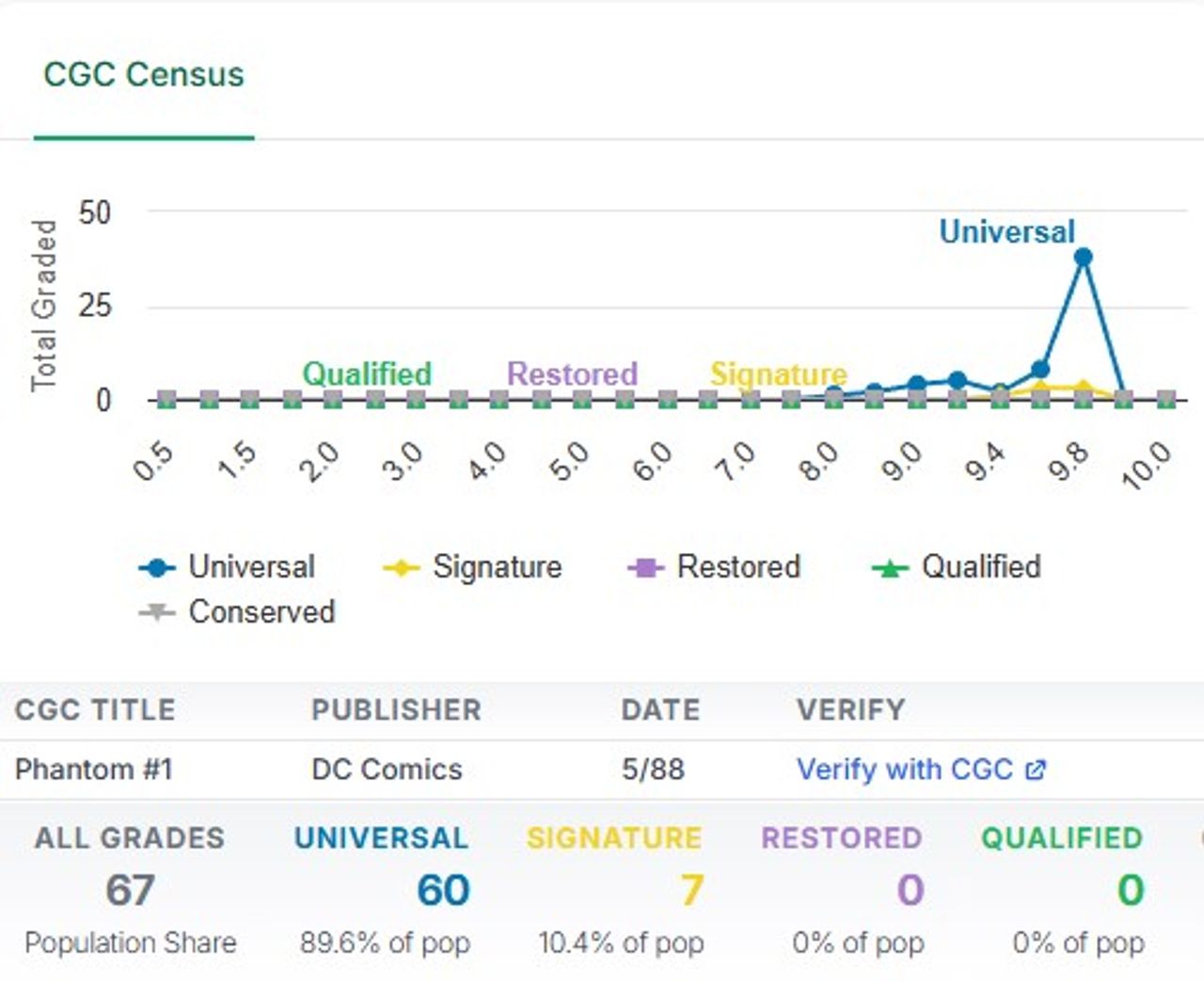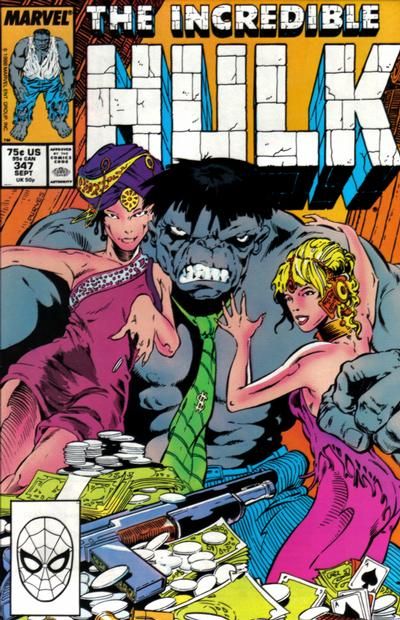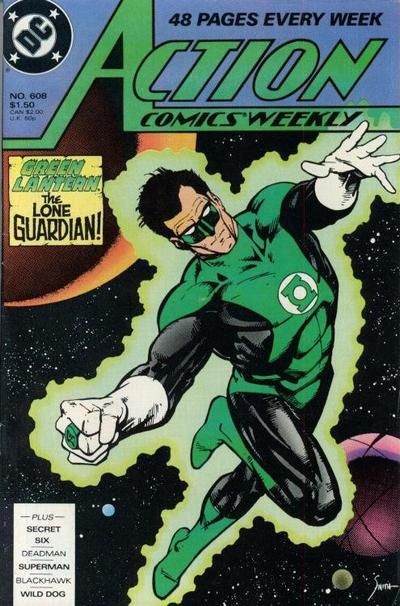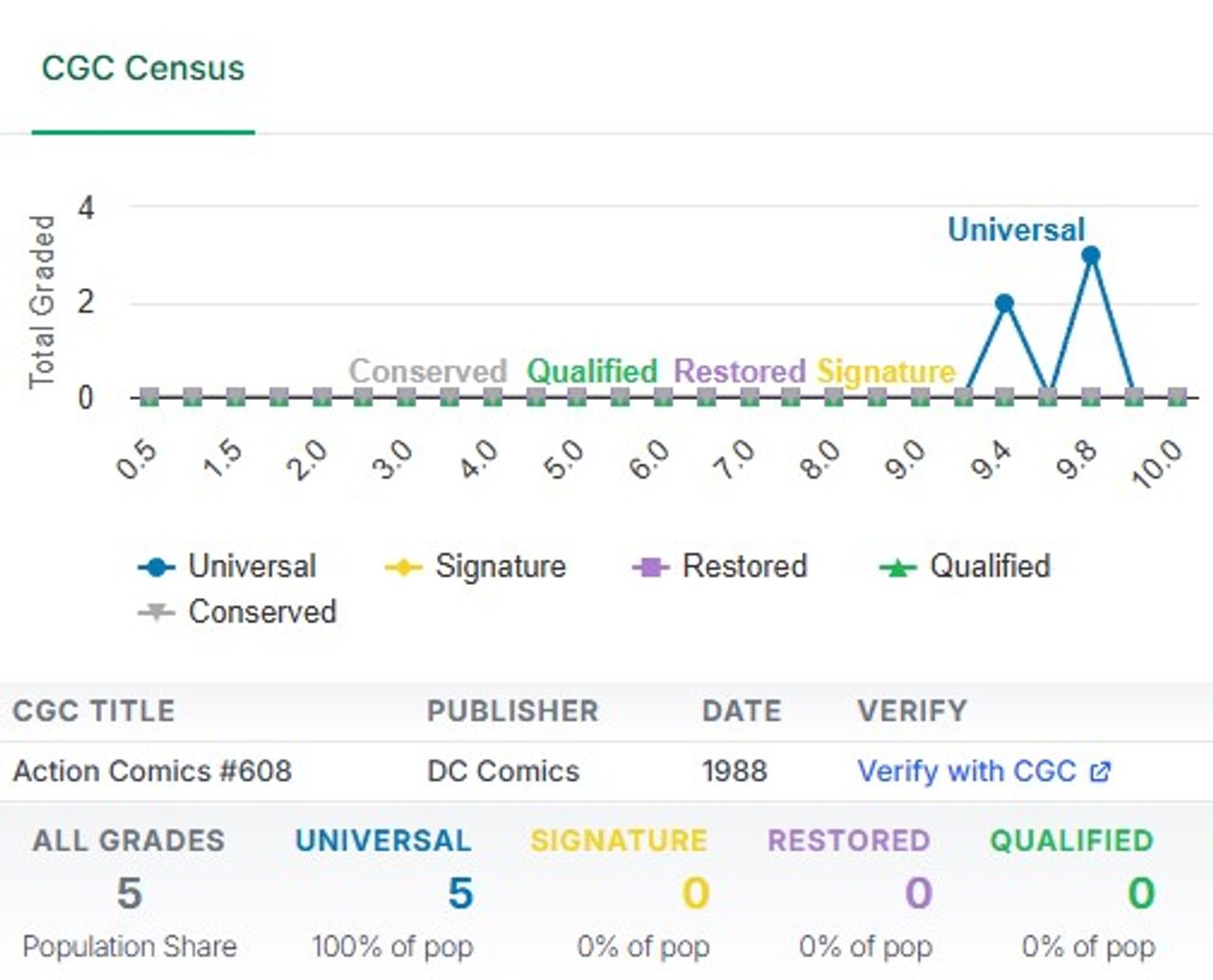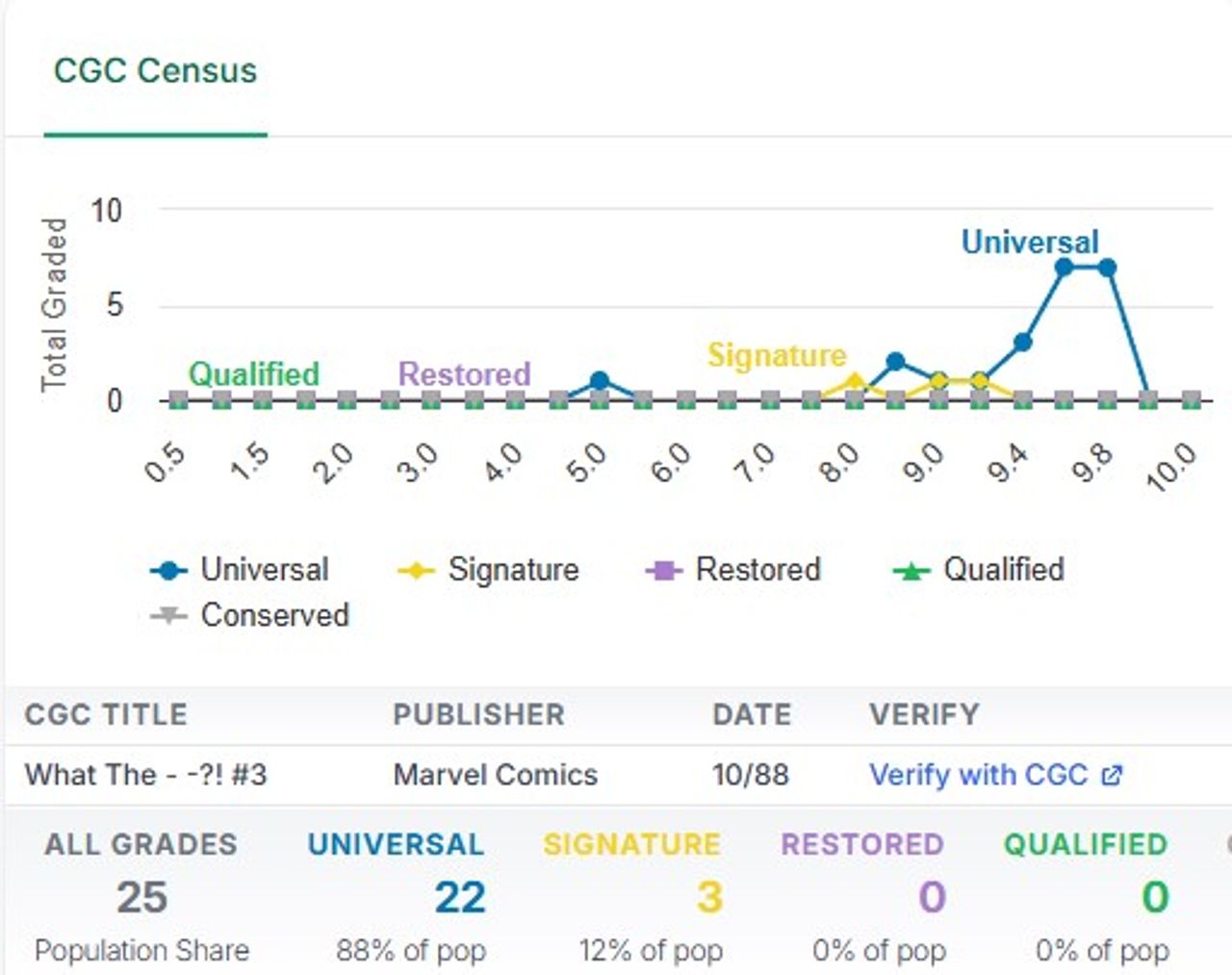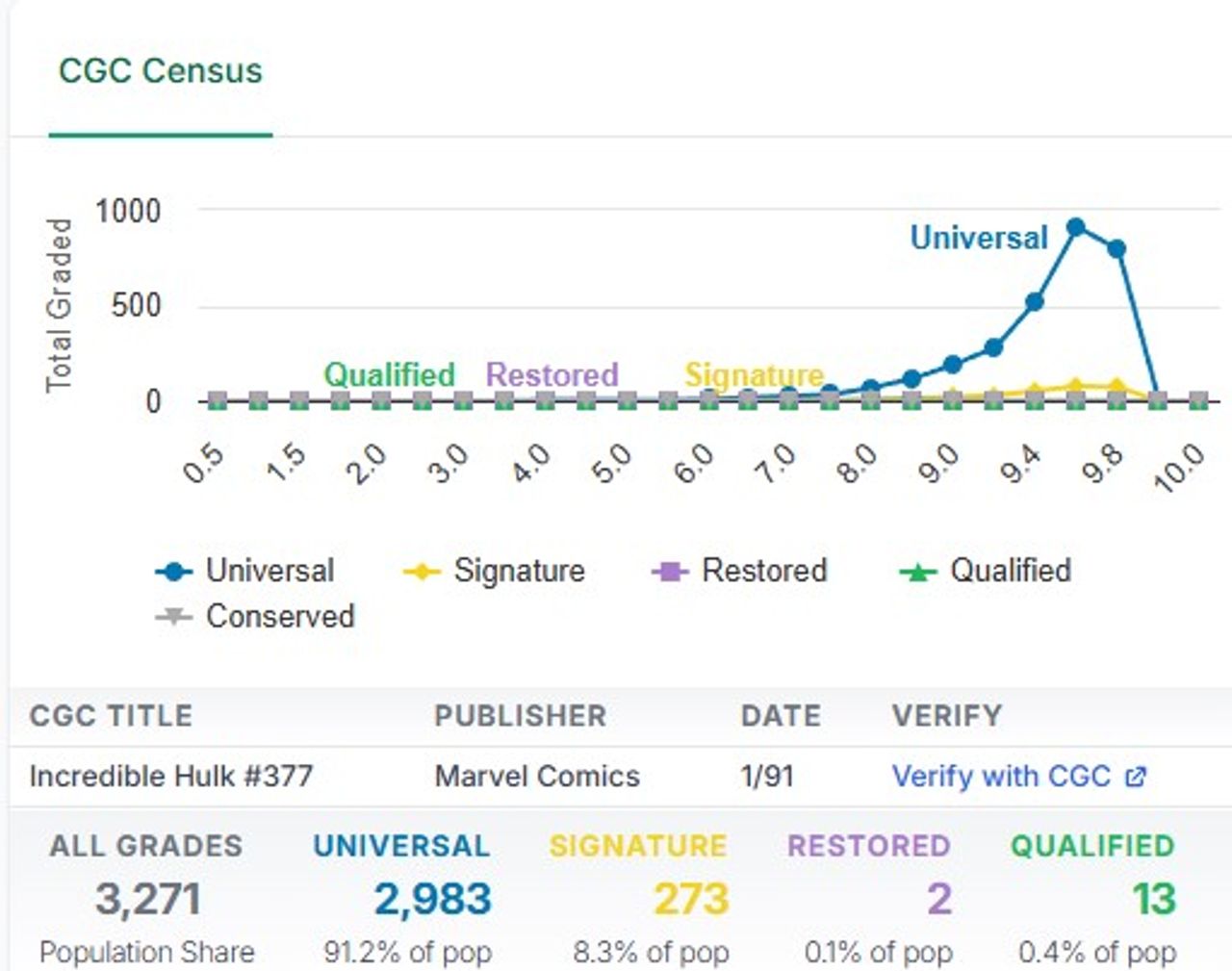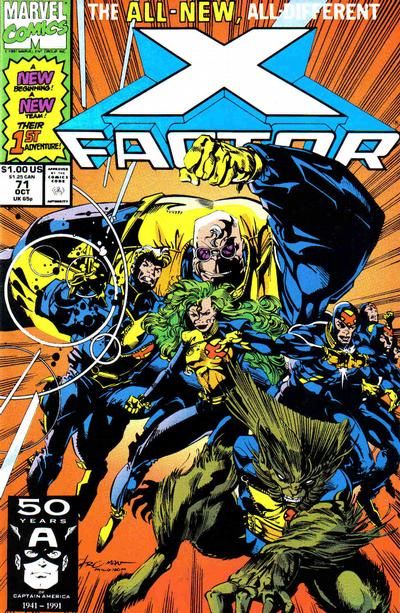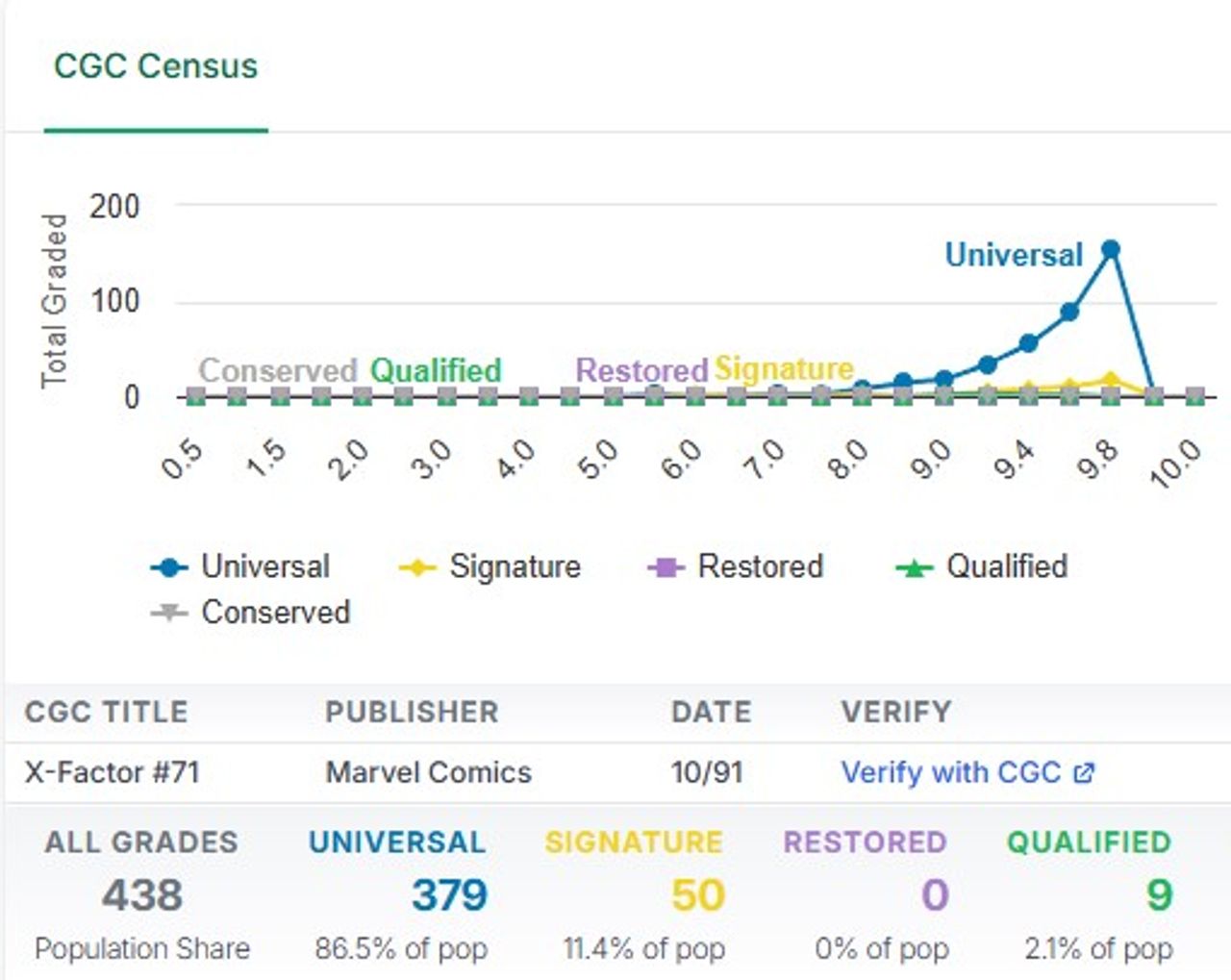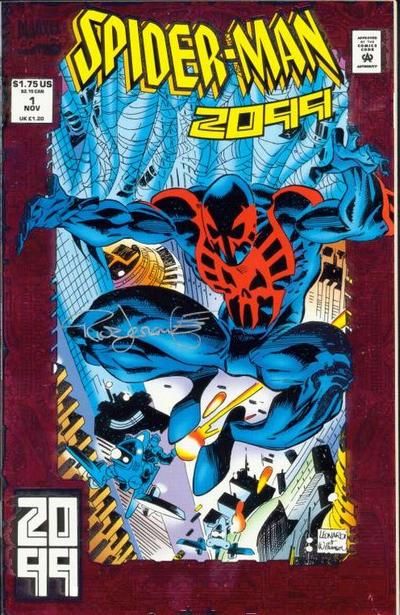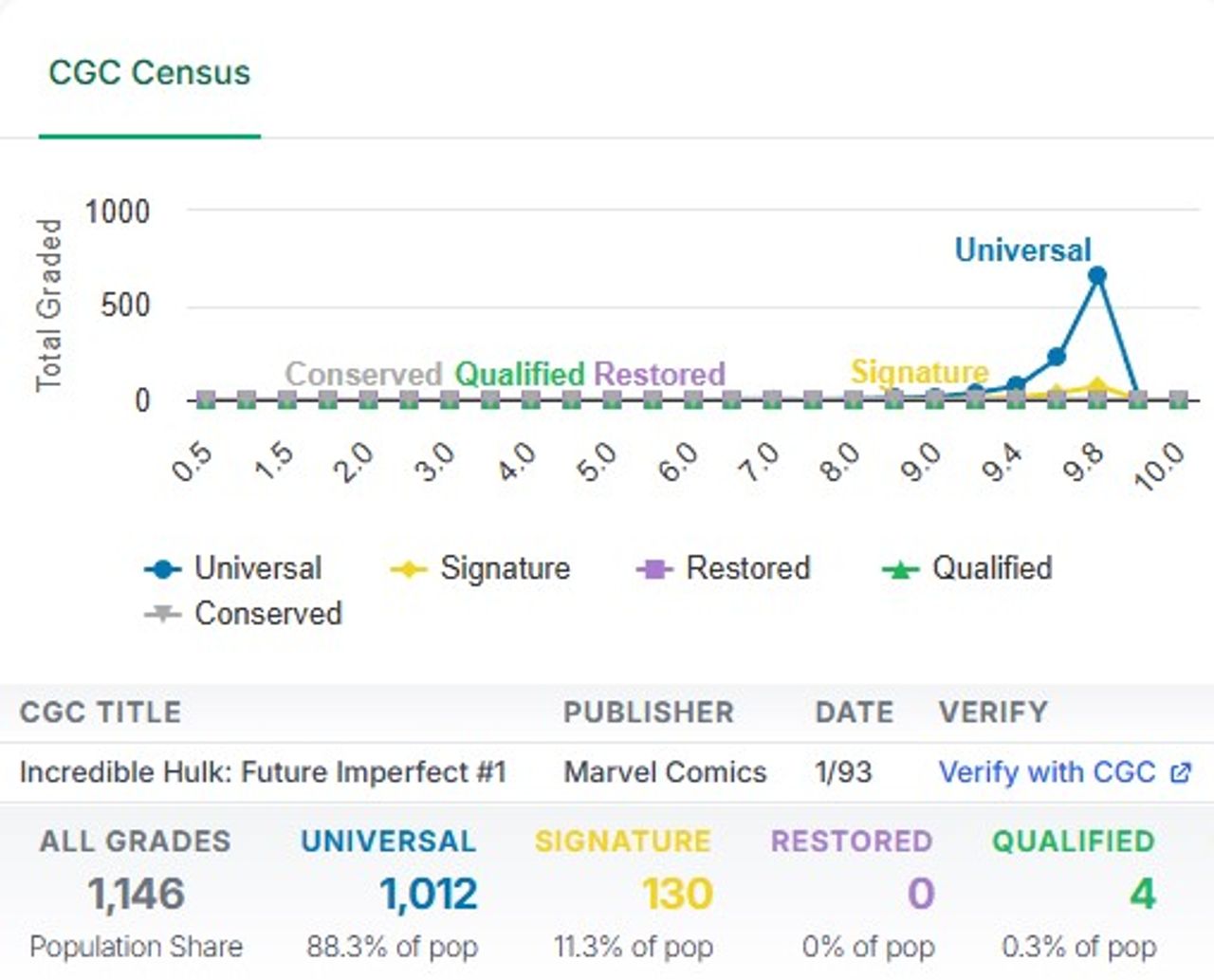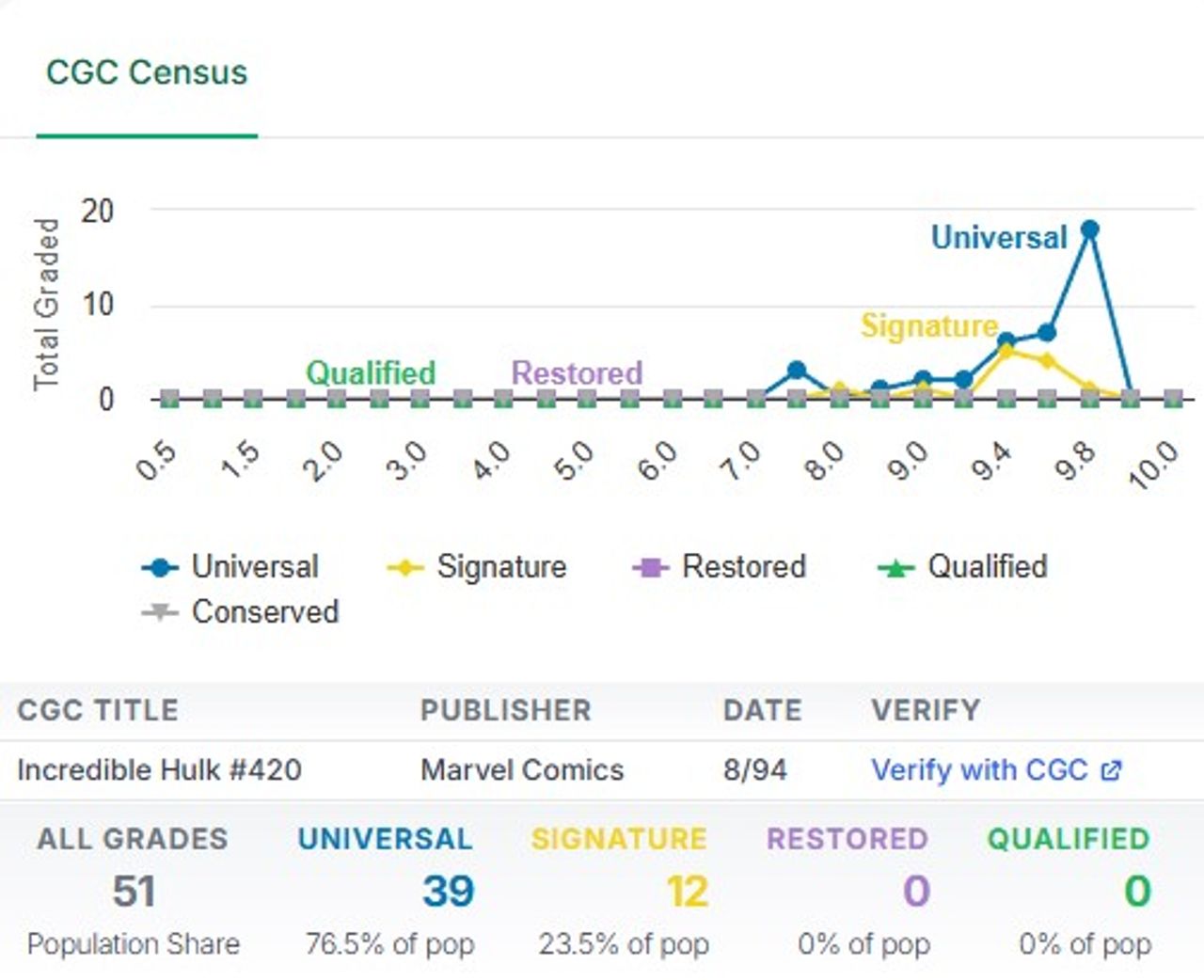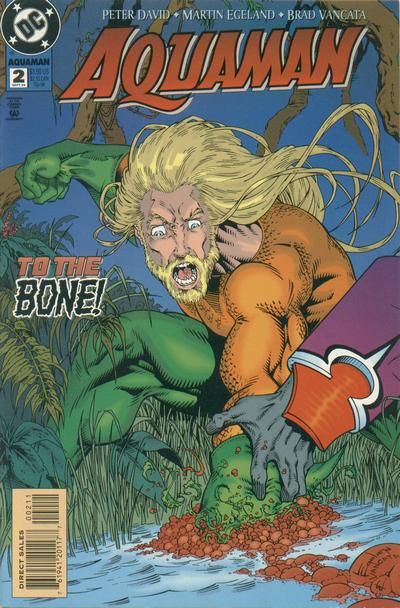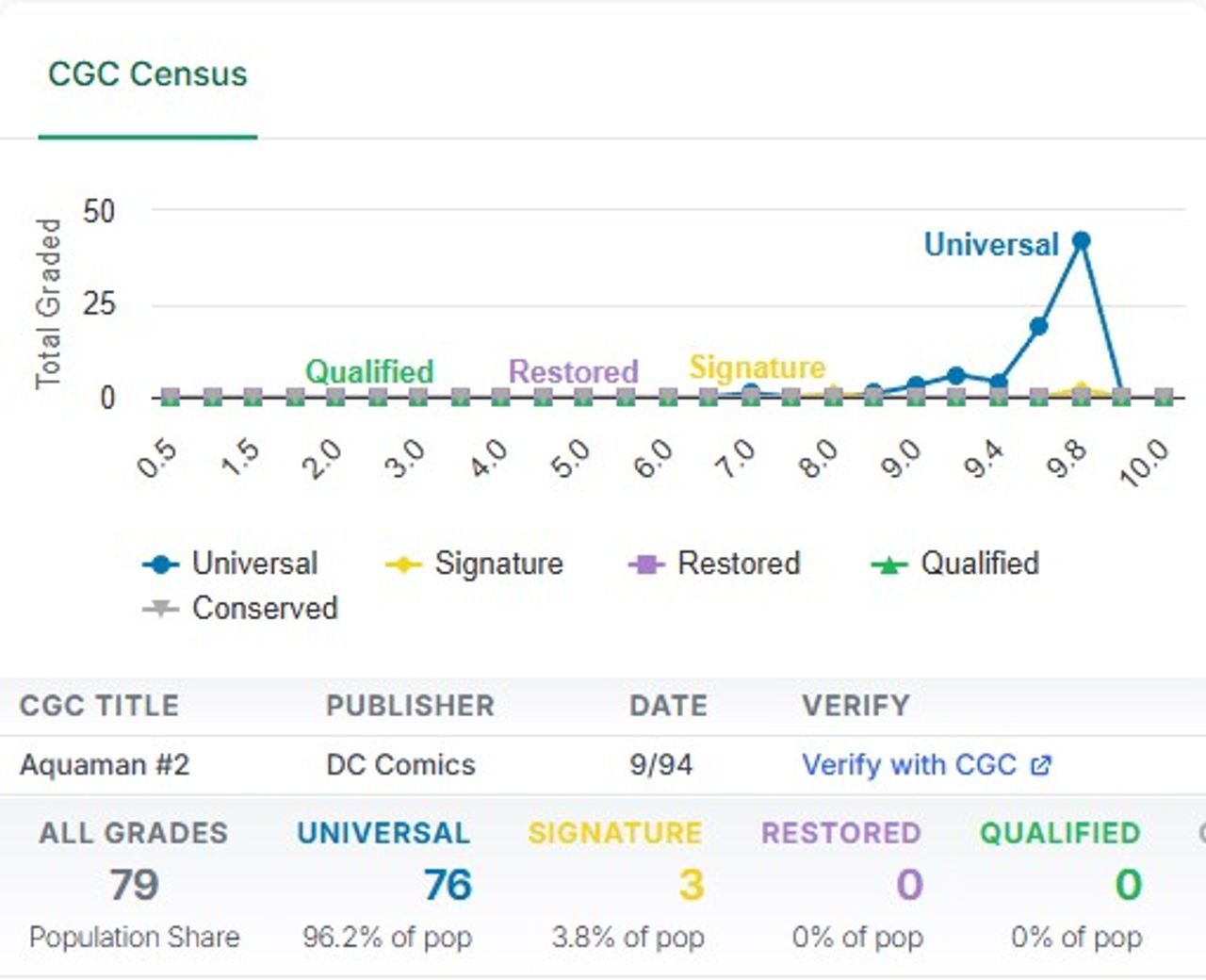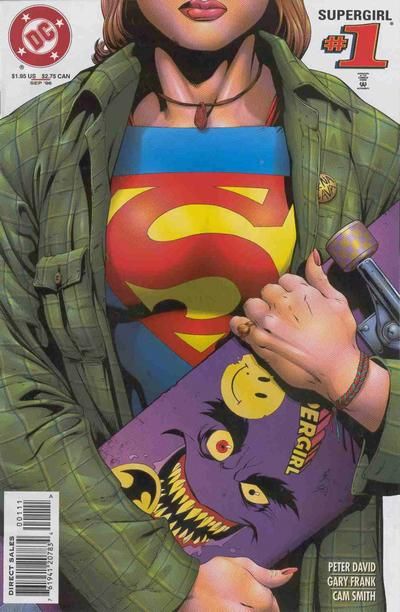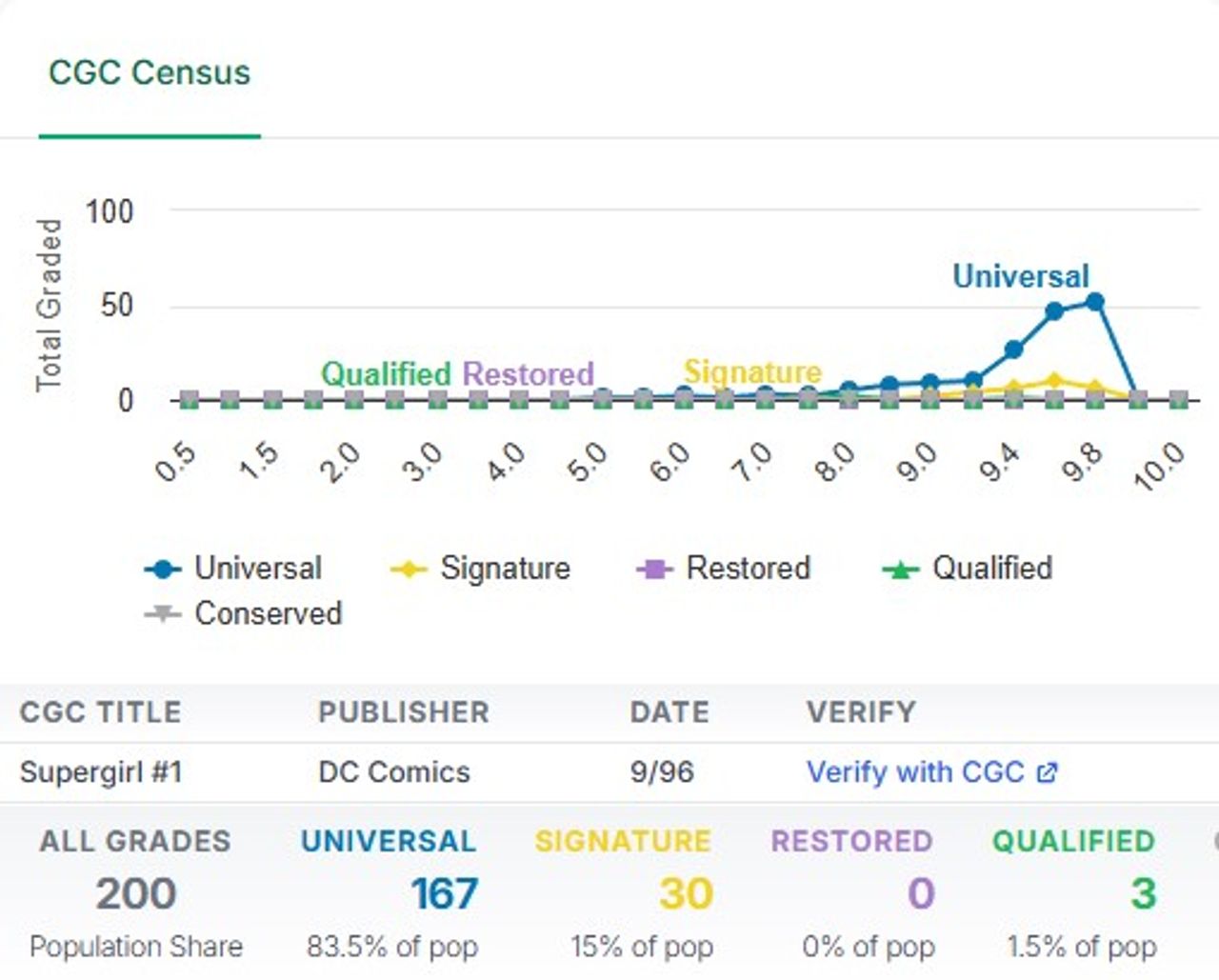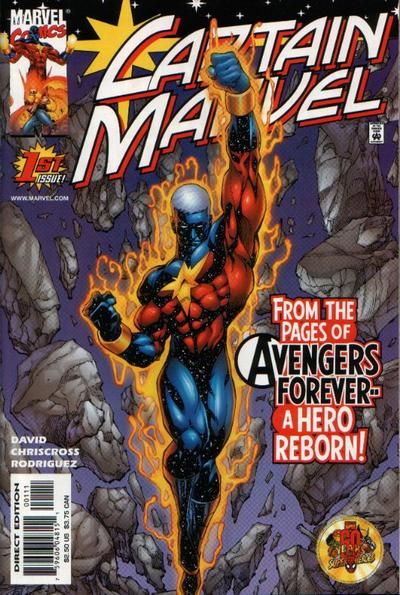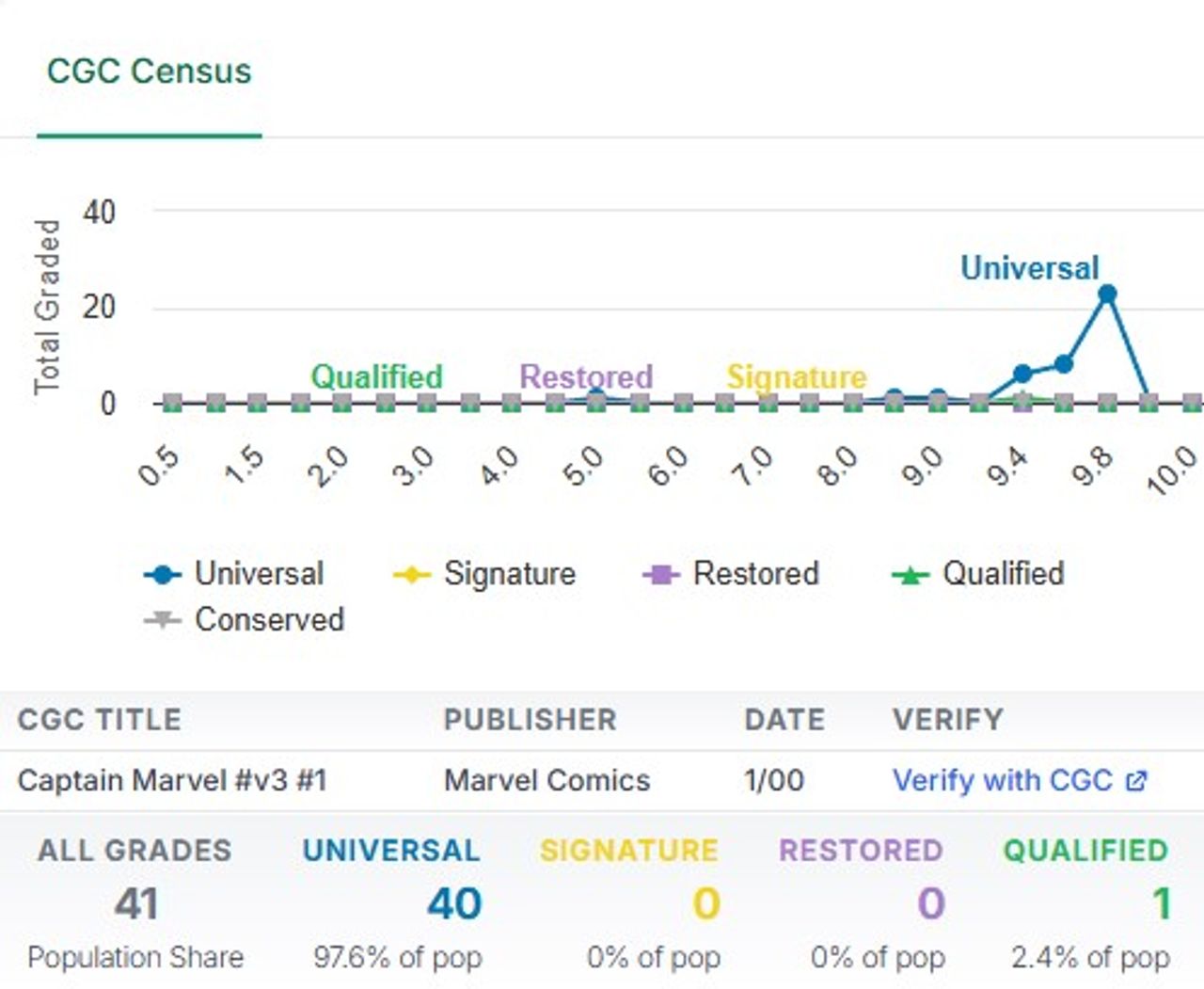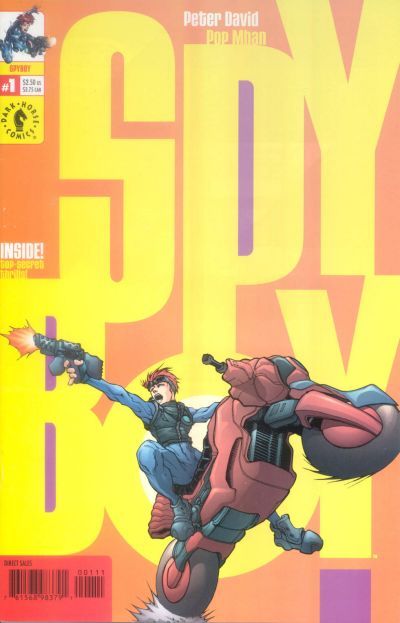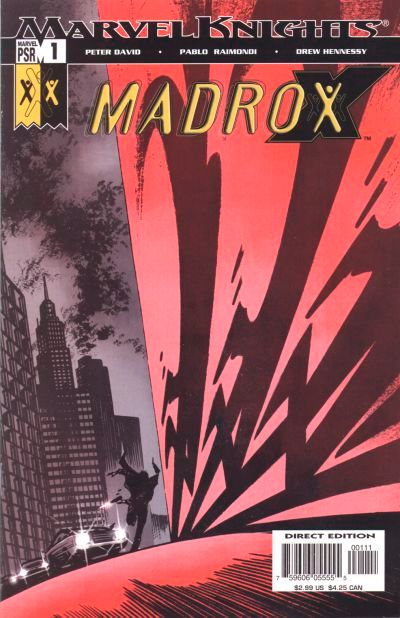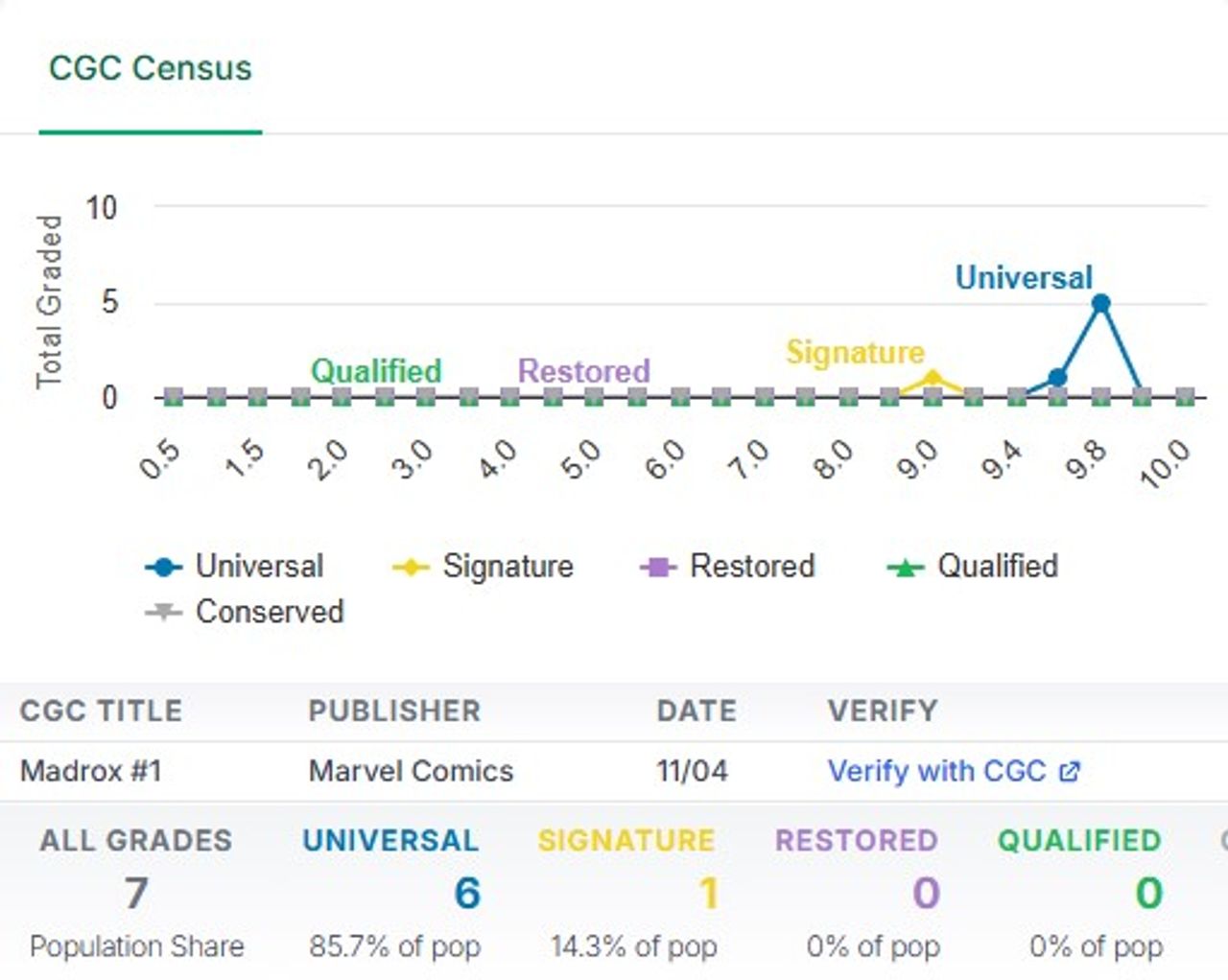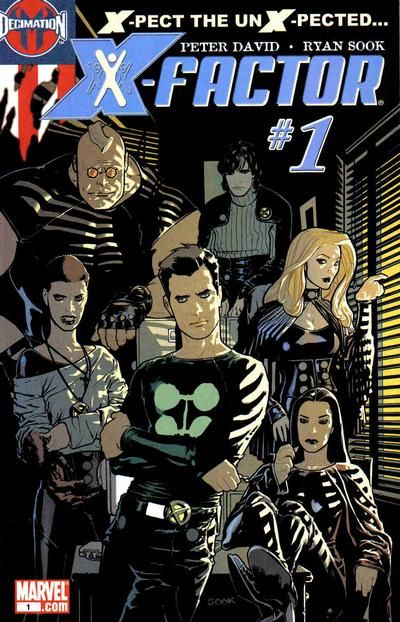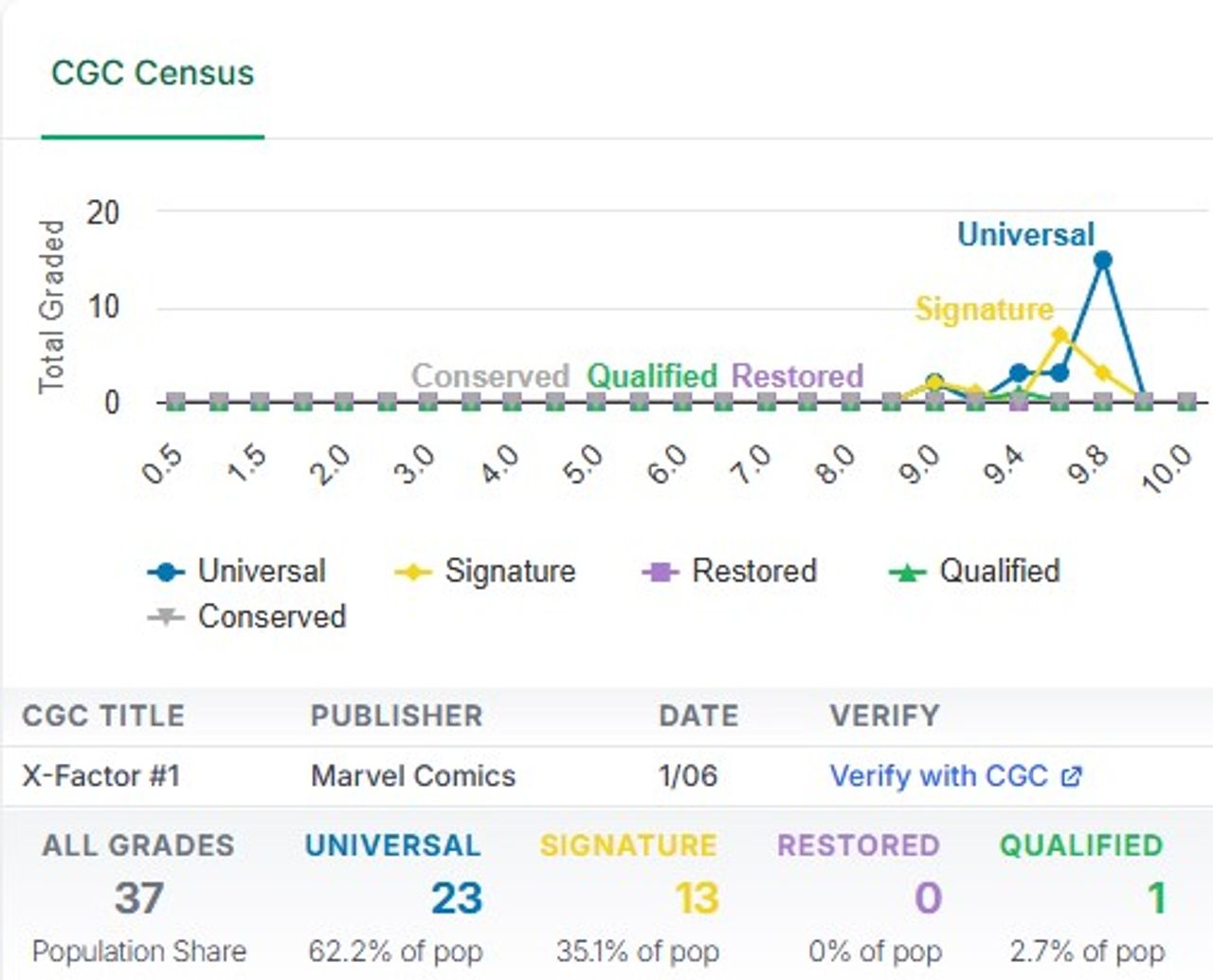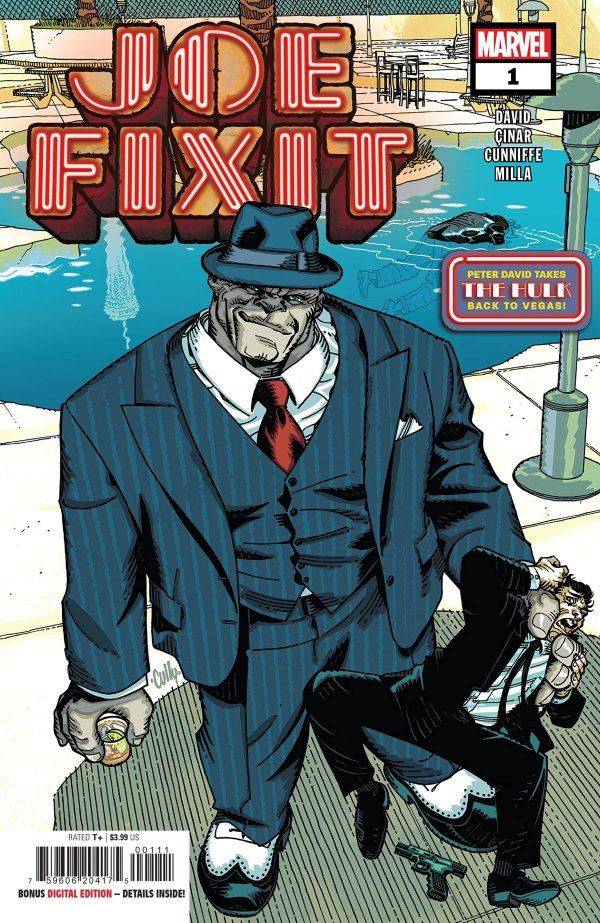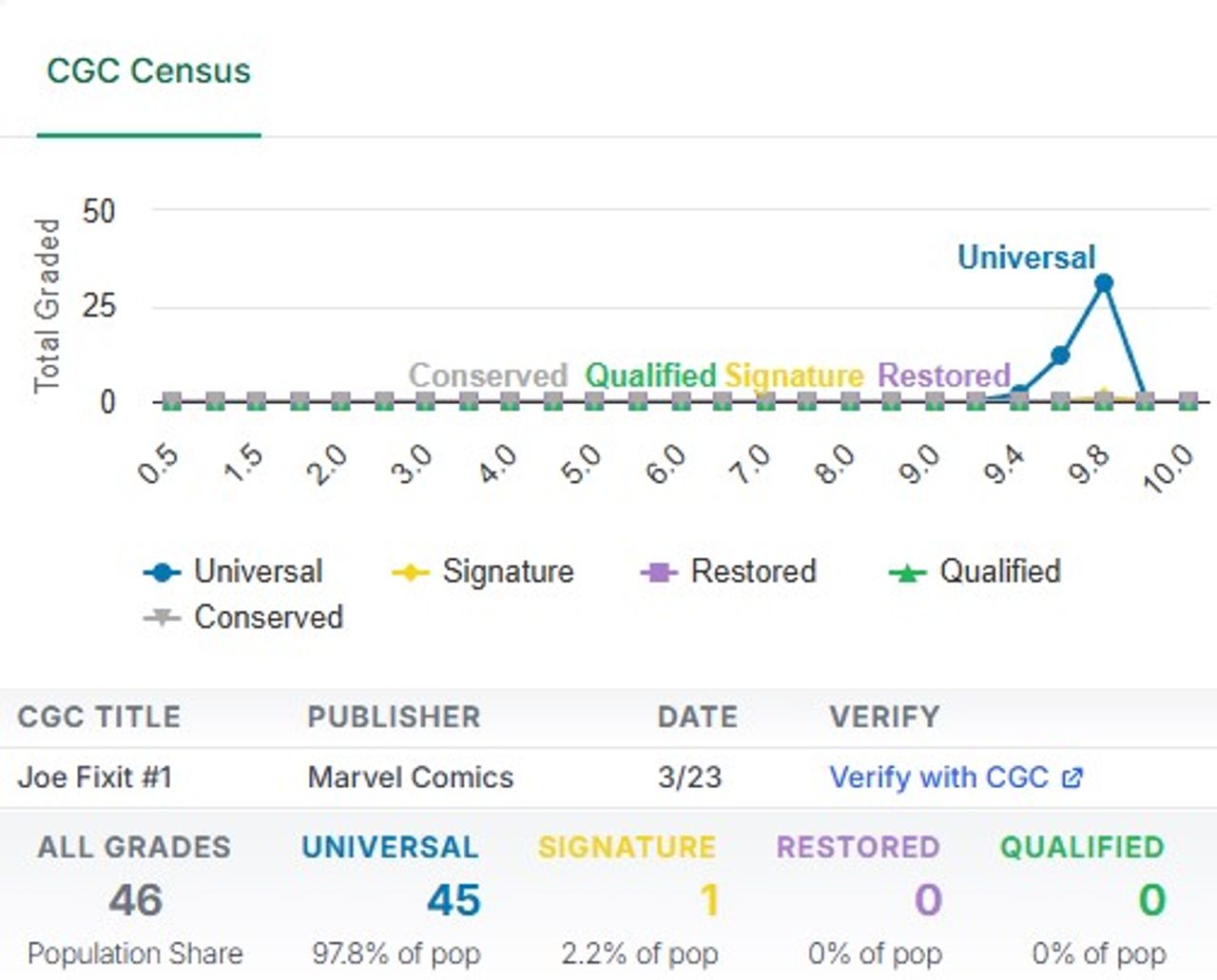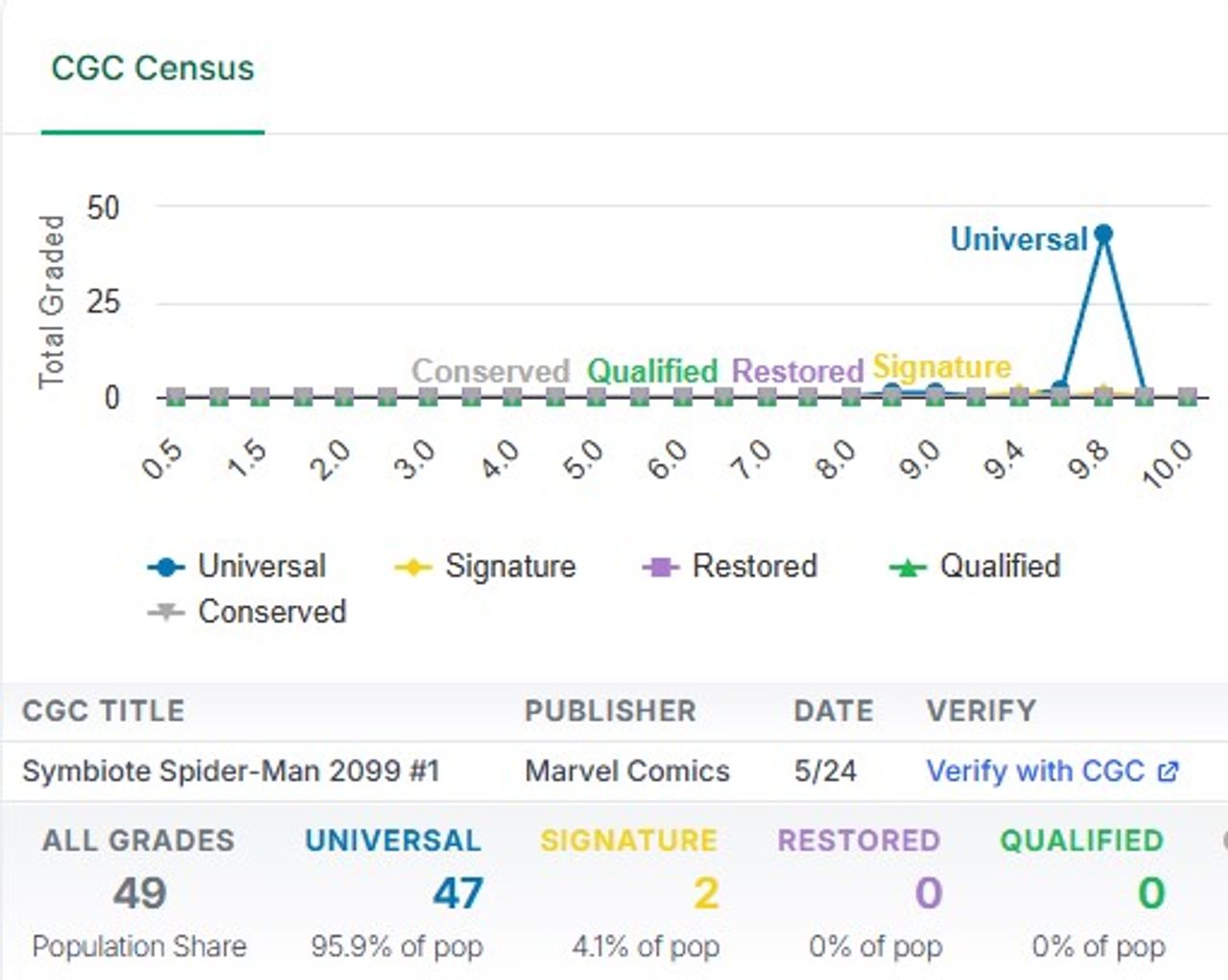Peter David was a powerhouse in the comic book industry, known for his fantastic dialogue, layered characters, and a storytelling style that blended heart, humor, and action. He began making his mark in the 1980s, quickly rising to prominence with his groundbreaking run on The Incredible Hulk, where he explored the psyche of Bruce Banner and introduced iconic versions like Joe Fixit, Professor Hulk, and the villainous Maestro.
Over the decades, David left his stamp on titles like X-Factor, retooling the team into a government-led squad and later reinventing it with a noir crime twist. He brought teen energy to Young Justice, re-imagined Aquaman for a modern era, and helped launch Spider-Man 2099, which remains one of Marvel’s most enduring future heroes. Beyond comics, David was also a respected science fiction writer, contributing numerous Star Trek novels and original works. Peter David passed away on June 2, 2024, at the age of 67, leaving behind a legacy that continues to inspire fans and creators alike.
Spectacular Spider-Man #103 (1985, Marvel Comics) Key Significant: This holds a special place in comic history as Peter David’s first published work for Marvel. While it might seem like just another Spider-Man issue on the surface, this story showcased David’s sharp dialogue and layered character work, setting the stage for the kind of storytelling he would become known for. It was the starting line for a career that would see him reshape characters like the Hulk and Spider-Man, and it gave readers an early glimpse of the humor, grit, and human touch that would become his signature in Marvel comics. | ||
Web of Spider-Man #7 (1985, Marvel Comics) Key Significant: This is where Peter David first got to write the Hulk, even though it wasn’t in a Hulk book. This issue has Spider-Man crossing paths with the Jade Giant, giving readers a taste of how Peter David would handle the character’s raw power and inner struggles. It may have been just a guest appearance, but it planted the seeds for what would later become one of the most celebrated Hulk runs in comics. For Peter David, it was another step in showing how he could bring depth and humanity to even the strongest characters in the Marvel Universe. | ||
Spectacular Spider-Man #107 (1985, Marvel Comics) Key Significant: This issue kicks off “The Death of Jean DeWolff” (issues #107–110, Oct 1985 – Jan 1986), the story that put Peter David on the map. Known for its dark, gritty tone, it stood out from typical Spider-Man stories of the time, digging into themes of vengeance, grief, and how far a hero should go. The events of this arc left a mark on Spider-Man’s world, laying down threads that would later help bring Venom into the picture. | ||
Incredible Hulk #328 (1987, Marvel Comics) Key Significant: Peter David’s debut on The Incredible Hulk as a guest writer, stepping in for just one issue before taking over the series full-time. This issue gave readers a first look at David’s approach to Bruce Banner and the Hulk, blending sharp wit with deeper character exploration that would soon redefine the title. While it was only meant as a fill-in, it became the starting point for what would grow into one of the most iconic and influential Hulk runs in Marvel history. | ||
Star Trek Annual #3 (1988, DC Comics) Key Significant: Peter David’s first work on Star Trek comics and also marked his first published story for DC Comics. This issue kicked off his deep connection with the Star Trek franchise, where he brought fresh energy to the crew’s adventures while staying true to the heart of the series. Fans quickly took notice of his sharp dialogue and character-driven storytelling, which would lead him to write many Star Trek comics and novels in the years to come. It was a fitting launch point for a creator who would leave his mark across both the Marvel and DC universes while boldly going into new storytelling frontiers. | ||
Incredible Hulk #331 (1987, Marvel Comics) Key Significant: Marks the return of the Grey Hulk for the first time since the original Incredible Hulk series. It also launched Peter David’s legendary twelve-year run on the title (1987–1998), a run that redefined the Hulk for an entire generation. David turned what was once a simple monster story into a deep character study, exploring Bruce Banner’s fractured psyche, multiple personalities, and buried trauma. His work on the series, alongside artists like Todd McFarlane, Dale Keown, Gary Frank and Adam Kubert would earn him an Eisner Award and transform The Incredible Hulk from a struggling book into a must-read hit for Marvel fans. | ||
The Phantom #1 (1988, DC Comics) Key Significant: One of Peter David’s early works as he began his career at DC Comics. The character himself is a classic pulp hero—known as “The Ghost Who Walks”—who has been fighting crime since the 1930s, long before superheroes took over comics. The Phantom wears a distinctive purple costume and is famous for his legacy as a seemingly immortal protector, passed down from father to son for generations. Peter David’s work on this character helped him hone his skills in storytelling and character development, blending old-school adventure with modern comic sensibilities. | ||
Incredible Hulk #347 (1988, Marvel Comics) Key Significant: First appearance of Joe Fixit, the gray-skinned Hulk with a tough, street-smart attitude. It was Peter David who gave Joe Fixit his name, personality, and role as a Vegas enforcer, adding new layers to the Hulk’s story. By turning the Hulk into a clever, brash character with his own code, David redefined what the Hulk could be and brought fresh depth to the character’s mythos. | ||
Action Comics #608 (1988, DC Comics) Key Significant: This issue features Peter David’s first main DC Universe story—a Green Lantern backup tale in Action Comics during its weekly anthology run. It marked the start of what would become a strong and lasting career with DC characters. Over time, David would go on to write memorable stories for Aquaman, Supergirl, Young Justice, and more, proving his skill at bringing fresh life to a wide range of heroes. | ||
What the --?! #3 (1988, Marvel Comics) Key Significant: Starting with issue #3, Peter David found the perfect place to show off his sharp wit and comedic talent. His work on the series proved he could deliver laughs just as well as serious stories. This run helped build his reputation for bringing humor and fun to superheroes—while never taking them, or himself, too seriously. | ||
The Atlantis Chronicles (1990, DC Comics) Key Significant: Atlantis Chronicles is a seven-issue miniseries praised for its detailed world-building and mature, myth-inspired storytelling. This issue laid the important groundwork by creating a rich history of Atlantis, setting the stage for Peter David’s later transformative and acclaimed run on Aquaman. | ||
Incredible Hulk #377 (1988, Marvel Comics) Key Significant: This issue marks the first full appearance of Professor Hulk, also known as Smart Hulk—a version combining Bruce Banner’s intelligence, Joe Fixit’s attitude, and the raw strength of the classic green Hulk. Peter David played a key role in creating this persona, blending the character’s different sides into a more balanced and relatable hero—similar to the Hulk seen in recent in the MCU. | ||
X-Factor #71 (1991, Marvel Comics) Key Significant: Peter David’s first full run on X-Factor, relaunching the series with a new U.S. government-sponsored mutant team. David’s run quickly gained praise for its sharp humor, strong character-driven stories, and the way it breathed new life into underused characters like Havok, Polaris, and Multiple Man. Blending action with emotional depth, David’s storytelling gave these mutants fresh personalities and complex motivations, turning X-Factor into a standout title and cementing his reputation for revitalizing characters who had been overlooked. | ||
Spider-Man 2099 #1 (1992, Marvel Comics) Key Significant: Co-created by Peter David and Rick Leonardi, this issue introduced Miguel O’Hara, the Spider-Man of a dystopian future known as Spider-Man 2099. The series became a huge success and remains the most enduring creation from the Marvel 2099 line, exploring themes like corporate control, identity, and what it means to be a hero. Spider-Man 2099’s popularity has continued to grow, including appearances in the animated Into the Spider-Verse films, helping bring this futuristic version of Spider-Man to a whole new generation. | ||
Incredible Hulk: Future Imperfect #1 (1992, Marvel Comics) Key Significant: First appearance of Maestro, a future, tyrannical version of the Hulk. The story explores the dangers of unchecked power and delivers one of the darkest, most impactful Hulk tales ever told. Through Maestro, Peter David expanded and enriched the Hulk’s mythology, showing how even the strongest hero could become his own worst enemy. | ||
Incredible Hulk #420 (1994, Marvel Comics) Key Significant: This powerful issue sees Peter David address the AIDS crisis through the death of Jim Wilson, a friend of the Hulk. It reveals the human side of the Hulk and shows how comics can tackle real-world issues with honesty and heart, proving that superhero stories can have true emotional weight. | ||
Key Significant: Aquaman (Arthur Curry), having recently lost his throne and living in isolation, joins Aqualad to search for a missing submarine. During the mission, Aquaman’s hand is forced into piranha-infested waters, leading to its brutal loss. This moment became a defining part of Peter David’s run, which helped transform Aquaman from a mocked B-list hero into a more fierce and savage King of Atlantis. Many believe this reinvention directly inspired the Jason Momoa version of Aquaman seen in the DCEU. | ||
Supergirl #1 (1996, DC Comics) Key Significant: Peter David’s nearly 80-issue run on Supergirl (1996–2003), is widely regarded as one of the best takes on the character. It introduced the merged Linda Danvers/Matrix Supergirl and began a deeply character-driven story exploring themes of identity, faith, and redemption, all while weaving in supernatural elements that gave the series a unique tone within the DC Universe. | ||
Young Justice #1 (1998, DC Comics) Key Significant: A hit series during Peter David’s run (1998–2003), Young Justice featured junior DC heroes like Superboy, Robin, and Impulse. It became known for its unique blend of humor, strong character dynamics, and authentic portrayal of teen heroism, helping define a generation of DC’s legacy characters. | ||
Captain Marvel #1 (2000, Marvel Comics) Key Significant: Peter David’s acclaimed run on Captain Marvel (Genis-Vell) (Vol. 4, 1999–2002 & Vol. 5, 2002–2004) became one of the standout Marvel titles of its era. Under David’s pen, the series blended cosmic adventures with sharp humor, clever meta-commentary, and a deep exploration of Genis-Vell’s “Cosmic Awareness” as it slowly drove him toward madness. It showcased David’s unique ability to balance epic storytelling with character-driven depth, cementing his mark on Marvel’s cosmic landscape. | ||
SpyBoy #1 (1999, Dark Horse Comics) Key Significant: Created and written by Peter David, this series follows Alex Fleming, a seemingly ordinary student who is actually a dormant super-spy. The book launched as a lighthearted, action-packed satire that playfully parodied spy fiction tropes, providing the perfect showcase for David’s sharp comedic talents and knack for blending humor with fast-paced storytelling. | ||
Madrox #1 (2004, Marvel Comics) Key Significant: This five-issue miniseries, written by Peter David, re-established Jamie Madrox (Multiple Man) as a compelling lead. David masterfully blended Madrox’s mutant powers with detective noir elements, laying the groundwork for the long-running and acclaimed X-Factor Investigations series that followed. It showcased David’s skill at reinventing characters and genres within the Marvel Universe. | ||
X-Factor #1 (2006, Marvel Comics) Key Significant: Following the Madrox miniseries, this issue launched X-Factor Investigations, a mutant detective agency led by Jamie Madrox, under the writing of Peter David. Running until 2013, David’s nearly eight-year run was acclaimed for its noir tone, sharp dialogue, and deep character-driven storytelling. The series also tackled mature themes, including a GLAAD Media Award winning LGBTQ+ storyline featuring Rictor and Shatterstar, further showcasing David’s ability to blend superhero action with real human stories. | ||
Joe Fixit #1 (2023, Marvel Comics) Key Significant: This series marked Peter David’s final run with the Hulk, returning to the character of Joe Fixit, the Grey Hulk, in a story set during his original Incredible Hulk run when Joe was working as an enforcer in Las Vegas. It offered a standalone tale that revisited this iconic era, allowing David to once again showcase his sharp character work and humor while giving fans a fresh look at one of his most memorable contributions to the Hulk mythos. | ||
Symbiote Spider-Man 2099 #1 (2024, Marvel Comics) Key Significant: Peter David’s last known comic book work before his passing was Symbiote Spider-Man 2099, a five-issue series launched in March 2024. Set in the techno-dystopian future of 2099, it continued David’s legacy of blending futuristic settings with complex characters, giving fans one final chapter from a master storyteller. | ||
Peter David’s legacy is one that changed how we read and experience comics. From redefining the Hulk and Aquaman to giving us characters like Spider-Man 2099 and stories that made us laugh, think, and feel, his writing left a lasting mark on every corner of the comic book world. His dialogue, his layered characters, and his willingness to tackle real issues made superhero stories feel human, reminding us that even the strongest heroes face struggles we can relate to.
In our video, we explored just a handful of the books that showcase his incredible range and impact, but the truth is, Peter David’s work continues to shape how we see these characters and the stories they tell. Whether you’re revisiting these books or discovering them for the first time, you’re experiencing the craft of a writer who truly loved and respected the medium—and who made all of us love it even more.
If you haven’t seen the full discussion, check out the video here:
